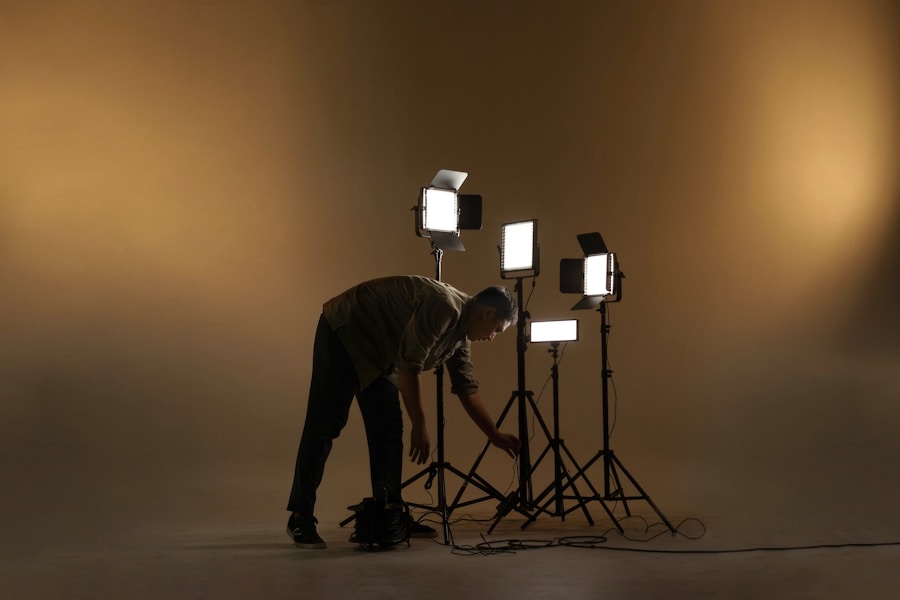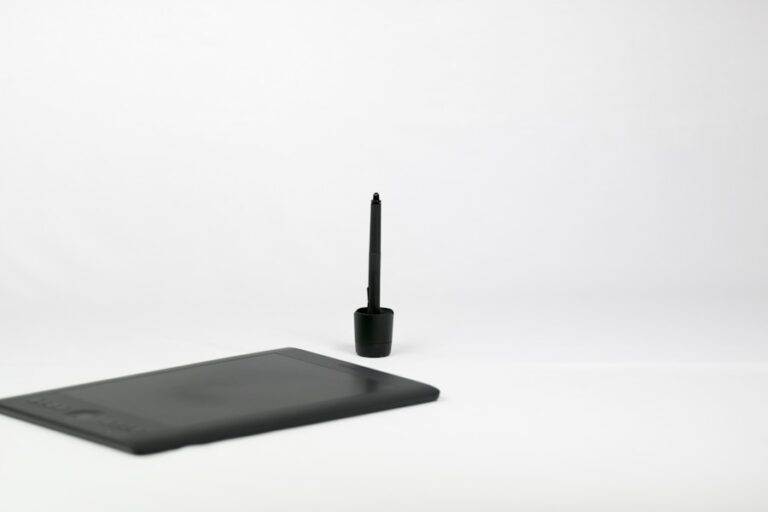Illuminate Your Digital Art: Essential Lighting Techniques for Beginners
Lighting is a crucial element in digital art, as it can greatly impact the overall look and feel of an artwork. The way light is used can create depth, dimension, and mood, and can draw the viewer’s attention to specific areas of the piece. Understanding the importance of lighting in digital art is essential for creating impactful and visually stunning works.
Proper lighting can make a digital artwork come to life, adding realism and depth to the piece. It can also help to convey emotions and set the mood of the artwork. Whether it’s a dramatic, moody scene or a bright and cheerful one, the right lighting can make all the difference. Additionally, lighting can be used to direct the viewer’s focus, highlighting certain elements and creating a sense of movement within the piece. Without proper lighting, a digital artwork may appear flat and lackluster, failing to capture the viewer’s attention.
Choosing the Right Light Sources for Your Digital Art
When it comes to digital art, there are various light sources that can be used to create different effects and moods. Natural light, such as sunlight or moonlight, can add a sense of realism to a piece, while artificial light sources like lamps or candles can create a more intimate and cozy atmosphere. It’s important to consider the type of light source that best suits the mood and theme of the artwork.
In addition to the type of light source, the direction and intensity of the light also play a crucial role in digital art. Front lighting can evenly illuminate the entire scene, while side lighting can create dramatic shadows and highlights. Backlighting can add depth and create silhouettes, while ambient lighting can set the overall tone of the piece. Choosing the right light source and understanding how to manipulate it can greatly enhance the visual impact of a digital artwork.
Mastering Basic Lighting Techniques for Digital Art
Mastering basic lighting techniques is essential for creating visually stunning digital art. One of the fundamental techniques is understanding how to create realistic shadows and highlights. Shadows help to define the form and shape of objects, while highlights add depth and dimension. By mastering the interplay between light and shadow, artists can create a sense of realism and three-dimensionality in their work.
Another important technique is understanding how to use different types of light sources to create specific effects. For example, using soft, diffused light can create a gentle and dreamy atmosphere, while harsh, direct light can add drama and intensity to a scene. Understanding how to manipulate light sources to achieve different effects is crucial for creating impactful digital art.
Creating Depth and Dimension with Lighting in Digital Art
Creating depth and dimension in digital art is essential for making the artwork visually engaging and immersive. Lighting plays a crucial role in achieving this, as it can be used to create the illusion of space and volume within a two-dimensional piece. By carefully manipulating light and shadow, artists can make objects appear three-dimensional and give them a sense of weight and presence.
One way to create depth with lighting is by using atmospheric perspective, which involves using lighter values and cooler colors for objects in the background to create the illusion of distance. Another technique is using cast shadows to ground objects in space and create a sense of solidity. By understanding how to use lighting to create depth and dimension, artists can make their digital art more visually compelling and immersive.
Using Color and Contrast to Enhance Your Digital Art with Lighting
Color and contrast play a crucial role in enhancing digital art with lighting. The color of light can greatly impact the mood and atmosphere of an artwork, as warm colors like red and orange can create a sense of warmth and intimacy, while cool colors like blue and green can evoke a sense of calmness and tranquility. Understanding how to use color temperature to convey emotions and set the tone of an artwork is essential for creating impactful digital art.
Contrast is also important when it comes to lighting in digital art. High contrast between light and shadow can create drama and intensity, while low contrast can create a softer, more subtle effect. By understanding how to manipulate contrast with lighting, artists can draw attention to specific areas of their artwork and create a sense of visual interest.
Experimenting with Different Lighting Setups and Effects
Experimenting with different lighting setups and effects is essential for expanding one’s creative repertoire in digital art. By trying out various lighting techniques, artists can discover new ways to enhance their artwork and create unique visual experiences for their audience. Whether it’s experimenting with different light sources, angles, or color temperatures, pushing the boundaries of traditional lighting techniques can lead to exciting new possibilities in digital art.
One way to experiment with lighting in digital art is by using unconventional light sources, such as neon lights or LED strips, to create futuristic and otherworldly effects. Another approach is to play with unconventional angles and perspectives, such as using bird’s eye view or worm’s eye view lighting setups to create dynamic compositions. By embracing experimentation and pushing the limits of traditional lighting techniques, artists can elevate their digital art to new heights.
Tips for Perfecting Your Lighting Techniques in Digital Art
Perfecting lighting techniques in digital art takes time and practice, but there are several tips that can help artists improve their skills. One tip is to study real-world lighting scenarios and observe how light behaves in different environments. By understanding how natural light interacts with objects in the real world, artists can better replicate realistic lighting effects in their digital art.
Another tip is to pay attention to the subtleties of light and shadow, as even small adjustments in lighting can have a significant impact on the overall look of an artwork. By carefully observing how light falls on different surfaces and objects, artists can develop a keen eye for detail and learn how to create more convincing lighting effects in their digital art.
In addition, seeking feedback from peers and mentors can be invaluable for improving one’s lighting techniques. Getting constructive criticism from others can help artists identify areas for improvement and gain new perspectives on their work. By continuously seeking feedback and learning from others, artists can refine their lighting techniques and take their digital art to the next level.






